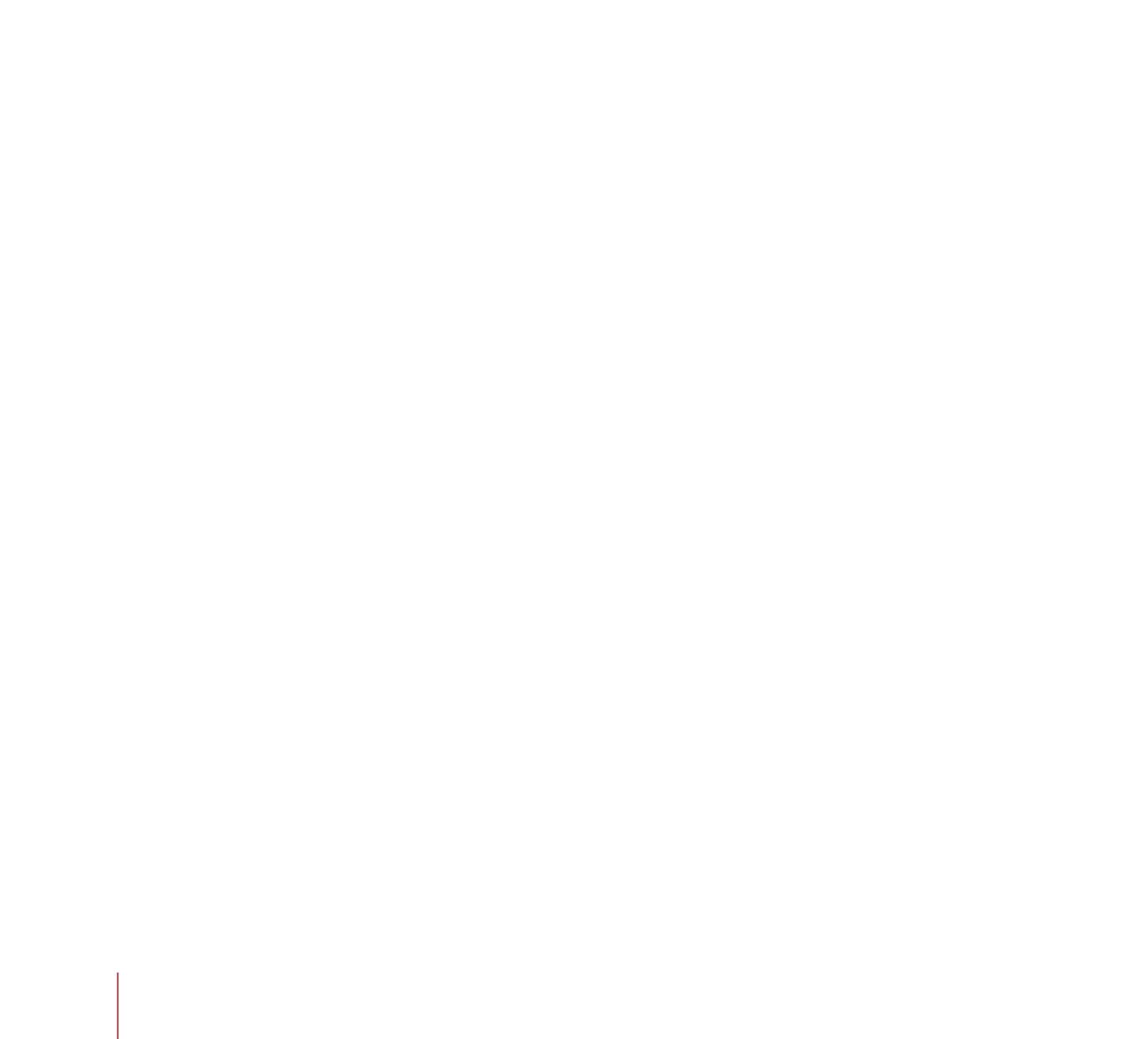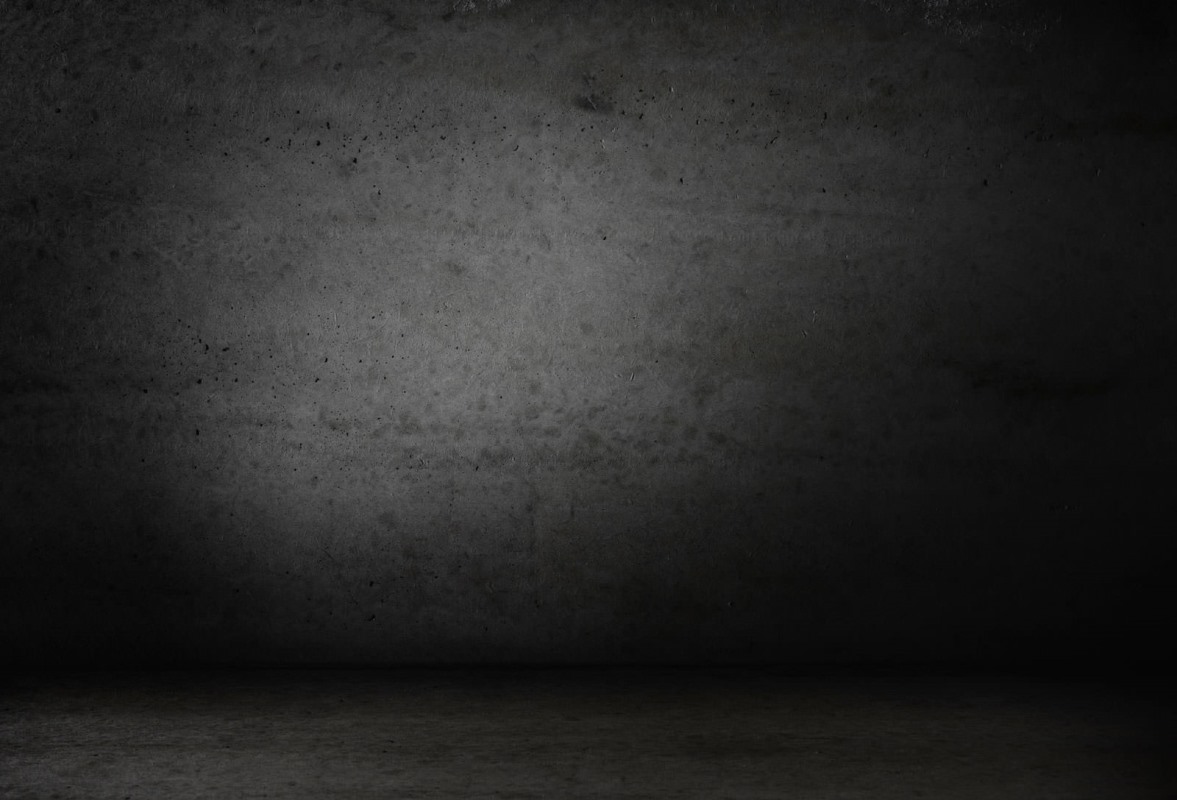

24 FAURÉ
Two concertante works, felicitously coupled on this disc, concern us here: the
Ballade
op.19, written in his prime youth (1881), and the
Fantaisie
op.111 (1919), a
product of his late maturity. It is characteristic of Fauré that these two scores were
initially composed for solo piano and two pianos respectively.
The
Ballade
is immediately appealing for the beauty of its thematicmaterial and the
inventiveness of its flexible formal structure as a series of linked episodes. The work
is dedicated to Saint-Saëns, who did not hesitate to ask his pupil and friend to show
the score to Franz Liszt when the threemenmet in Zurich in July 1882: ‘I was afraid it
was too long,’ Fauré related, ‘and I said so to Liszt, eliciting this admirable reply:“Too
long, young man, is a meaningless term. One writes as one thinks.”’ Liszt sat down
at the piano and began to sight-read the work, ‘but after five or six pages, he said
to me, “I have no more fingers”, and asked me to continue, which intimidated me
greatly’. It is very likely that thiswas the great virtuoso’sway ofmanifesting hiswish
to hear the young artist whom his friend Saint-Saëns had come to present to him.
The original version of the
Ballade
for piano solo (published in 1880) is fairly tricky to
play, which iswhy it has remained little performed and infrequently recorded, while
the versionwith orchestra (1881) has become established in the repertoire: without
detracting in any way from the charm of the original work, it presents it in a new
garb notable for its transparency and seductiveness, especially in the finale, alive
with birdsong. On this subject,Alfred Cortot tells us: ‘It has beenwritten, and Fauré
confirmed, that this piece – even though one must see no ideological argument in
the fact – was wholly inspired by an impression of nature similar to the experience
that dictatedWagner’s musical evocation of“Forest Murmurs”.’

















